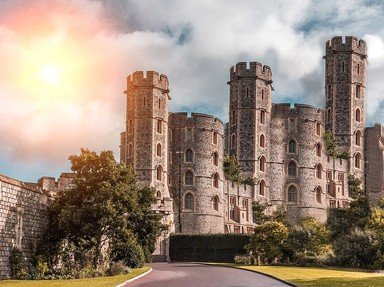Quiz Answer Key and Fun Facts
1. Himeji Castle is found in the town of Himeji, in the Hyogo Prefecture. To which Japanese island will you need to travel to visit Himeji Castle?
2. Once you arrive in Himeji, where will you locate the castle?
3. Himeji Castle is considered to be an excellent example of a Japanese feudal castle. During what time period does this suggest it was built?
4. What happened to Himeji Castle very shortly after the feudal system was abolished?
5. Unlike most European castles, stone is only one of the building materials used in Japanese castles. Which of these was usually used for most of the castle above the lowest walls?
6. Which of these materials was applied to the outer surfaces of a Japanese castle to improve its resistance to fire?
7. Which of these is a nickname commonly used for Himeji Castle because of its color and shape?
8. Which of these statements about Himeji Castle is true?
9. Is Himeji Castle the largest castle in Japan?
10. Himeji Castle is such a cultural icon that it has featured in a number of movies, one of which was "You Only Live Twice", released in 1967. This was the fifth in a series of films about which character?
Source: Author
looney_tunes
This quiz was reviewed by FunTrivia editor
stedman before going online.
Any errors found in FunTrivia content are routinely corrected through our feedback system.

